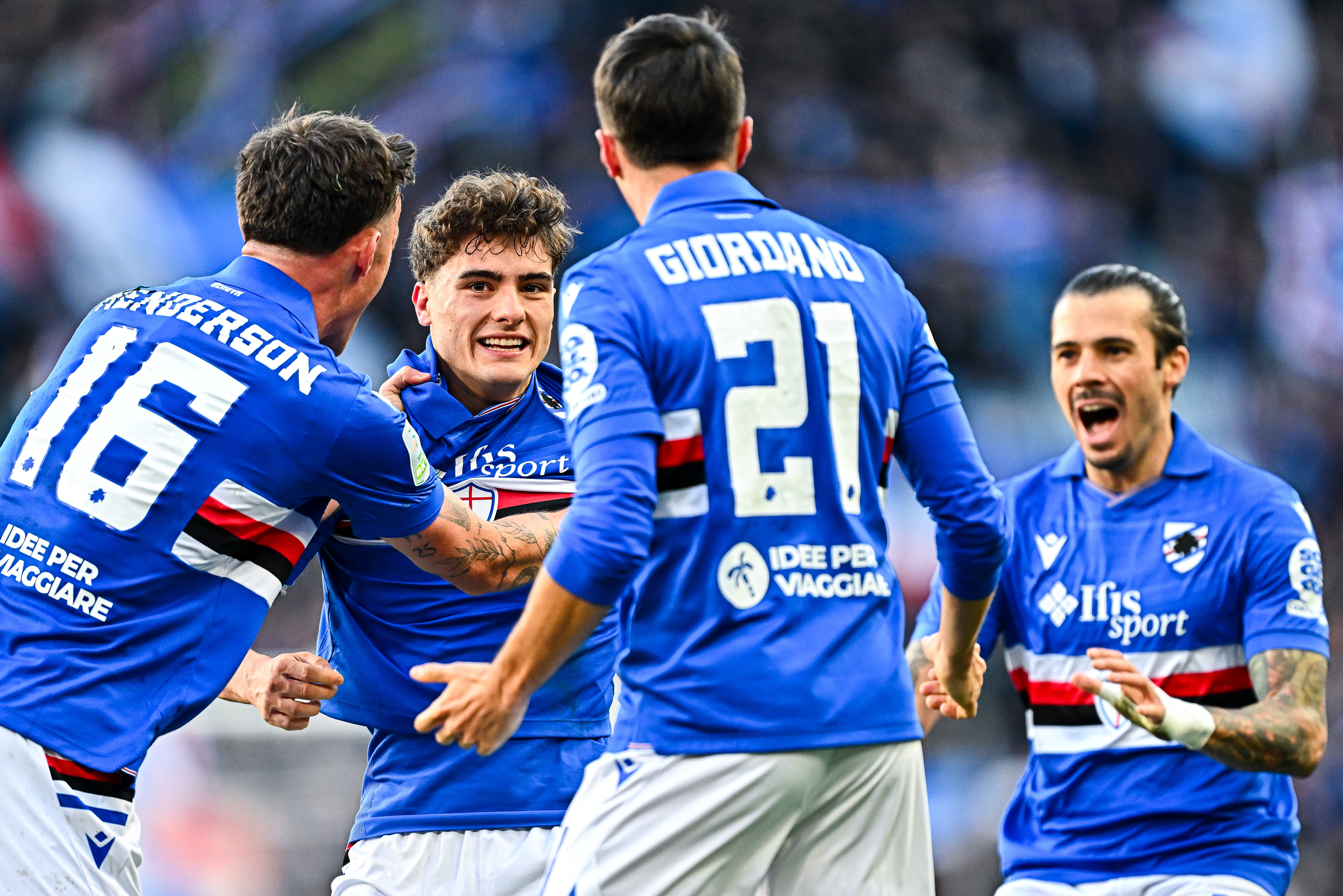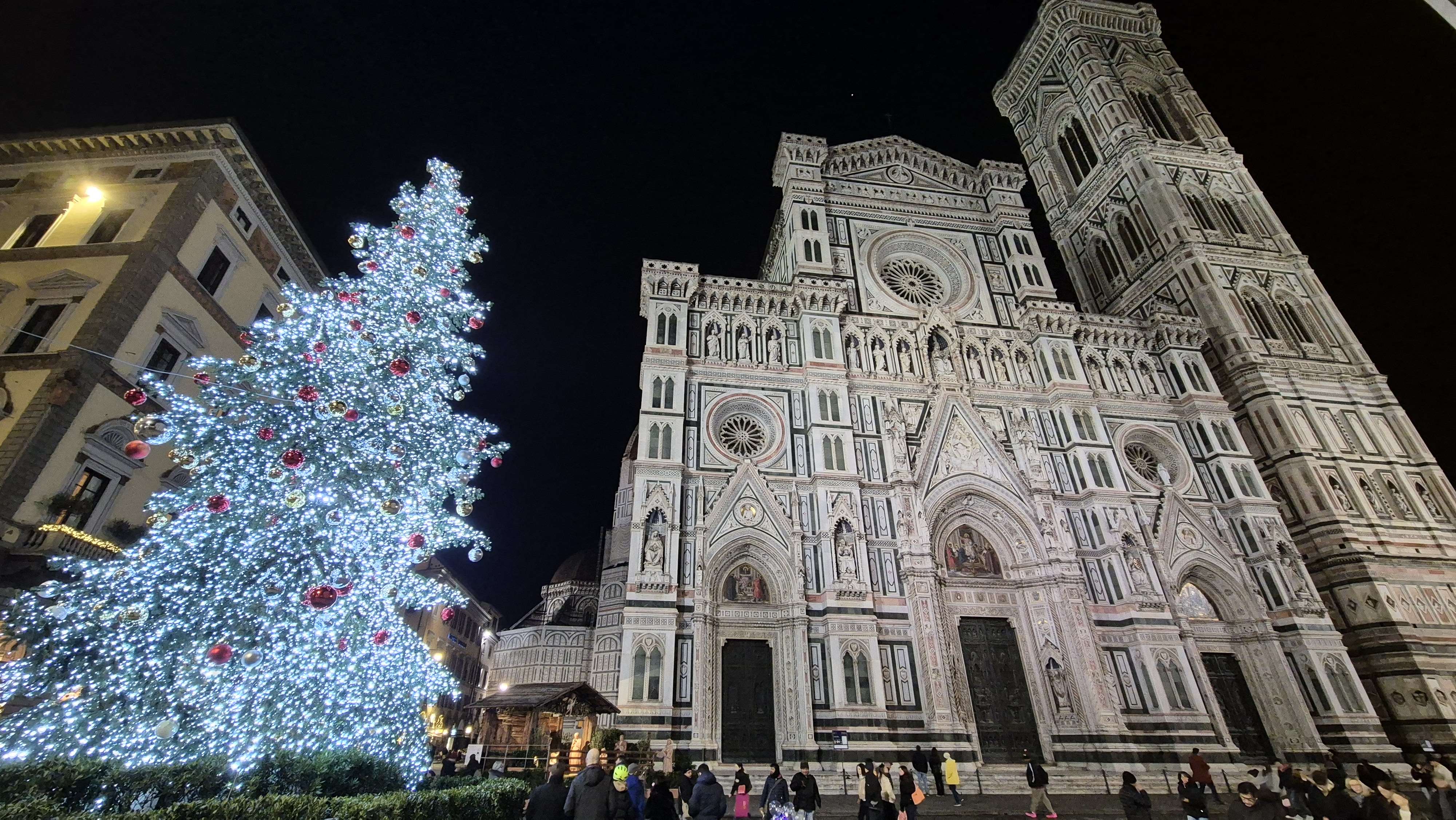
Golazzo: Oliver Bierhoff, Udinese vs. Inter Milan, 1997
By Dan Cancian
One of football’s great truisms is that there are players whose impact cannot be judged on numbers alone.
No graph or collection of stats, so the thinking goes, can adequately measure their influence on the game.
But what of the players who, to borrow from the language of American sports, fill the statbox but remain underrated and underappreciated?
Take Oliver Bierhoff, for example. The hero of Germany’s triumph at Euro ‘96, Bierhoff scored 102 goals in 220 Serie A appearances in eight seasons in Italy.
An astonishing record, particularly considering the German’s foray on the Peninsula coincided with Serie A’s zeitgeist.
At 6ft 3in, Bierhoff was built like an old-fashioned centre-forward and combined an exquisite positional sense with a dynamite-like header.
He was terrifyingly good in the air, so much so that 15 of his 19 goals in the 1998-99 season were headers – a frankly ludicrous figure and still a Serie A record.
Fittingly, one of his most famous goals for Udinese, in December 1997, was a header.
Four days before Christmas, Inter Milan travelled to Udine looking to continue their extraordinary run of form. Under Luigi Simoni, the Nerazzurri were still unbeaten and had racked up 30 points in 12 matches, four more than second-placed Juventus with Udinese a further three points adrift.
In their third season under Alberto Zaccheroni, the Friulani were on a remarkable run themselves.
After being dispatched 4-1 by Juventus in Turin at the beginning of November, Udinese won four and drew one of their next five games, scoring 13 goals in the process.
Their free-scoring nature was testament to Zaccheroni’s attacking football philosophy, which was predicated on what at the time was an almost revolutionary 3-4-3 approach.
Even without Ronaldo – who had scored nine goals in his first 11 Serie A appearances – Inter remained a formidable opponent, particularly for an Udinese side which had already conceded four goals to Juventus and Parma and three goals to Fiorentina at home on the opening weekend.
But the Zebrette’s back three held and, with the clock ticking into injury time in the second half, Belgium international Johan Walem released Jonathan Bachini down the left wing.
Bachini, whose career would end with a life ban eight years later, faced Giuseppe Bergomi.
Aware of the Udinese winger’s propensity for cutting inside, Inter’s veteran defender looked to show Bachini on the outside, but the latter had no intention of beating Bergomi to reach the byline.
Instead, after deliberately slowing the move down with a series of step-overs, Bachini peeled away from Bergomi just enough to shift the ball onto his right foot and hit a lofted cross towards the middle of the box.
Having ghosted in between Fabio Galante and Francesco Colonnese, Bierhoff simply took off, meeting Bachini’s cross with a trademark header that flashed past Gianluca Pagliuca and into the back of the net.
Watching the replay, it’s truly extraordinary to see the power he imparts on the ball when he heads it. His movement is similarly superb, textbook centre-forward play as he deceives Galante by moving right, before cutting across him and jumping unchallenged.
The match-winner in the final Serie A fixture of 1997, the German was on target as Udinese opened 1998 with a 2-1 win away against Roma.
The brace was one of 10 Bierhoff scored over the course of the season – still a Serie A record – en route to claiming the Capocannoniere title with 27 goals as Udinese finished third, 10 points behind Scudetto winner Juventus and five behind Inter.
Only four players have scored more than Bierhoff’s 62 goals for Udinese and his ratio of 0.65 goals per 90 minutes is even higher than Antonio di Natale’s, the club’s all-time leading goalscorer with 227.
A goalscoring machine in Udine
Bierhoff’s goalscoring exploits are even more remarkable considering his Italian adventure got off to a disastrous start after he joined Ascoli in the summer of 1990 on the back of his 27 goals in 36 appearances for Austria Salzburg.
The German scored just twice as Ascoli were relegated, but his 46 goals over the next three seasons earned him a move north to Friuli after Il Picchio fell through Serie B’s trapdoor.
A £1m signing, Bierhoff wasn’t the only new arrival at Udinese in the summer of 1995.
The Zebrette had returned to Serie A at the first time of asking but parted ways with Giovanni Galeone to appoint Zaccheroni, who had made a name for himself in Serie B with Venezia, Bologna and Cosenza.
Over the next three seasons, the partnership between Bierhoff and Zaccheroni would prove transformative for both.
The former scored 17 league goals in his first campaign at the Friuli, before writing himself in football’s folklore by scoring the first Golden Goal winner at a major international tournament as Germany beat Czech Republic 2-1 in the Euro ‘96 final at Wembley.
Back in Udine, Bierhoff had a new strike partner in Marcio Amoroso, who had joined from Flamengo.

Along with Paolo Poggi, the enigmatic Brazilian and the German formed a devastating attacking triumvirate in Zaccheroni’s 3-4-3 formation.
The trio scored 70 percent of the Bianconeri’s goals in the 1996-97 season as Udinese finished fifth and secured European qualification for the first time in their history.
It was vindication for Zaccheroni’s ultra-attacking approach, his 3-4-3 standing out as a beautiful idiosyncrasy at a time when orthodox 4-4-2 was often the only tactical currency accepted in Italy.
How Zaccheroni’s 3-4-3 took Italy by storm
Zaccheroni famously began studying the system after being sacked by Bologna in 1994. Now unemployed, he decided to drive to Barcelona to watch some of Johan Cruyff’s training sessions.
While the Blaugrana played with a diamond in midfield, Udinese deployed a flat four-man midfield, with Fabio Rossitto and Giuliano Giannichedda in the middle and Thomas Helveg and Jonathan Bachini on the flanks.
Alessandro Calori, Raffaele Sergio and Valerio Bertotto meanwhile formed the back three in front of Luigi Turci.
“With Udinese, I decided to play a flat four across the middle of the pitch, because up front I had three great players in [Marcio] Amoroso, Paolo Poggi and Oliver Bierhoff,” Zaccheroni wrote in The Coaches’ Voice in 2020.
“I did not want them playing 60 metres from goal or running back. That’s why I decided to deploy an extra defensive midfielder in the starting XI. Basically, we defended with only seven players.”
A year after Kevin Keegan’s Newcastle dazzled their way through the Premier League, it was time for another team in black and white to keep the flame of entertainment burning.
Poggi and Biehroff scored 10 goals in the opening 12 Serie A fixtures, but Amoroso had to wait until the 13th match of the season to open his account.
With Zaccheroni under pressure following five defeats in the first 12 matches – including a 4-1 shellacking at home against Juventus the previous week – Amoroso’s brace lifted Udinese to a 2-0 win against Fiorentina.
It proved a pivotal moment for the Brazilian, who went on to add another 12 goals over the remainder of the season, including a brace in a memorable 3-0 win away against Juventus.
Biehroff was also on the scoresheet in Turin as Udinese scored three times in seven minutes either side of half-time, condemning the eventual Scudetto winners to one of their only three defeats of the season.
Now an established world class target-man, the German scored 13 league goals in 1996-97 and was the perfect foil for his two attacking partners.
Could Udinese and Biehroff improve on an historic achievement the following season? The answer was a resounding yes, as Udinese finished third – their best league placement until 2012, when they also finished third under Francesco Guidolin.
Bierhoff’s 27 goals in Serie A – two more than Ronaldo – meanwhile, accounted for almost half of his team’s tally 62. Aside from the win over Inter, Udinese beat AC Milan at home, beat both Roma and Lazio away, trounced Sampdoria 3-0 at the Marassi and shellacked Lecce 6-0 at the Friuli.
The German eventually followed Zaccheroni to Milan the following summer in an £11m deal and immediately repaid the investment, scoring 19 times in 34 Serie A games as the Rossoneri won the Scudetto.
Typically, he scored the matchwinner against Perugia as Milan sealed the title.
Related Articles
Related Articles
The Serie B season reaches halfway when the action returns after the winter break, with more live matches to look forward to on DCTV.
Florence is a dream destination year-round, but visiting during the winter months offers a completely different and magical experience.
We get a local take on what's hot in Cremona - where to eat and drink, sights to see and handy hints that might not be in the tourist guides.




